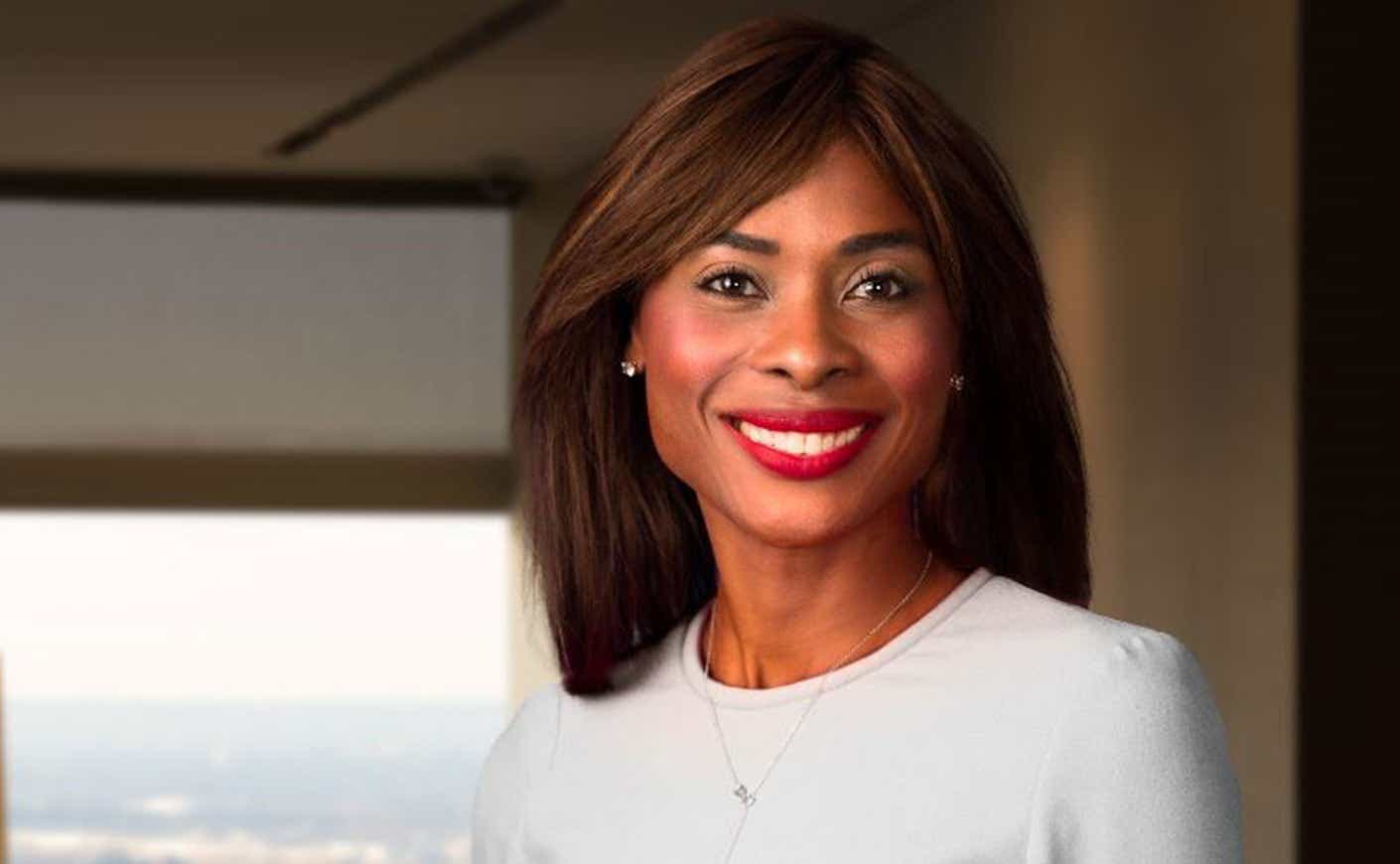Wall Street has been among the industries to face pressure to address inequities following a wave of protests last May in reaction to George Floyd’s death in police custody.
In the aftermath, a number of companies vowed to create social change, particularly when it comes to closing racial wealth gaps. KCM took a look at two top firms on Wall Street — JPMorgan and Goldman Sachs — to see what progress has been made so far.
In March, Goldman Sachs launched its newest initiative — a $10 billion dollar plan to help one million Black women by 2030. “One Million Black Women” has been heralded by the company as the “largest announcement of its kind in size and scope.”
Alongside an Advisory Council of Black leaders, Black women across Goldman Sachs are helping lead the initiative. This includes Asahi Pompey, who is the Global Head of Corporate Engagement and President of the Goldman Sachs Foundation.
“This initiative is with Black women by Black women and for Black women in terms of this $10 billion — largest investment ever to impact the lives of at least a million Black women by the year 2030,” Pompey told KCM.
According to the company’s research, 90% of Black women face a wealth gap. It also found that the wage gap has become even wider. Over the last two decades, the wage gap between Black and white women has increased from 10% to 15%.
Pompey believes “there’s no silver bullet” in addressing the inequities Black women face. That’s why the initiative’s approach is multi-pronged when it comes to driving investments in housing, healthcare, access to capital, workforce advancement, and internet access. She said oftentimes building equality starts by incorporating diverse voices.
The company believes reducing inequities and the wage gap has a positive benefit on the economy as a whole. The firm estimates that reducing the earnings gap for Black women alone could create up to 1.7 million jobs in the U.S. and raise the annual GDP by at least 1.4% each year.
“While this initiative is specifically focused on Black women, the economic impact of unleashing that kind of growth in GDP will impact society and economies more broadly,” Pompey said. “I’m excited about that and the potential of that.”
Meanwhile, JPMorgan — the largest bank in the U.S. — has committed $30 billion over the next five years to help advance racial equity and provide economic opportunity to underserved minority communities. This includes giving 15,000 loans to small businesses in majority Black and Latinx communities and spending $750 million with Black and Latinx suppliers.
“Systemic racism is a tragic part of America’s history,” JPMorgan CEO Jamie Dimon said. “We can do more and do better to break down systems that have propagated racism and widespread economic inequality, especially for Black and Latinx people.”
That’s not all — in March its wealth management unit announced plans to hire 300 additional Black and Latinx wealth advisers by 2025.
“We have made progress in recent years, and hiring 300 Black and Latinx advisers will accelerate that progress materially,” Kristin Lemkau, CEO of the bank’s wealth-management unit, said in a statement following the news but the firm declined to provide further comment.
Amid these steps toward change, Wall Street is also wrestling with a lack of diversity. Just 21% of JPMorgan’s executive members identify as Asian, Black, or Hispanic. By comparison, 22% of Goldman Sachs’ executive members make up the same demographics.
Pompey believes corporate leaders need to make a more conscious effort to hire more diverse board members, saying “certain changes happen organically and certain changes need to be driven intentionally from the top.”
“We know that companies perform better and are more profitable in fact, with a more diverse board,” she said.
As Pompey points out, it pays to be diverse because research shows that having more minorities in executive leadership positions is tied to outperformance. Companies in the top quartile for racial and ethnic diversity are 35% more likely to have financial returns above industry standards, according to McKinsey, a leading consulting firm.
The same is true for gender diversity. McKinsey found that companies ranking in the top quarter for gender diversity on their executive teams were 25% more likely to boast above-average profitability than their peers without any form of gender equality.
Pompey expressed hope about the efforts to ramp up diversity on executive teams and impact communities of color. She said Goldman Sachs, which recently marked its 150th anniversary, is now “at the dawn” of its next 150 years.
Written and reported by Tess Bonn.









